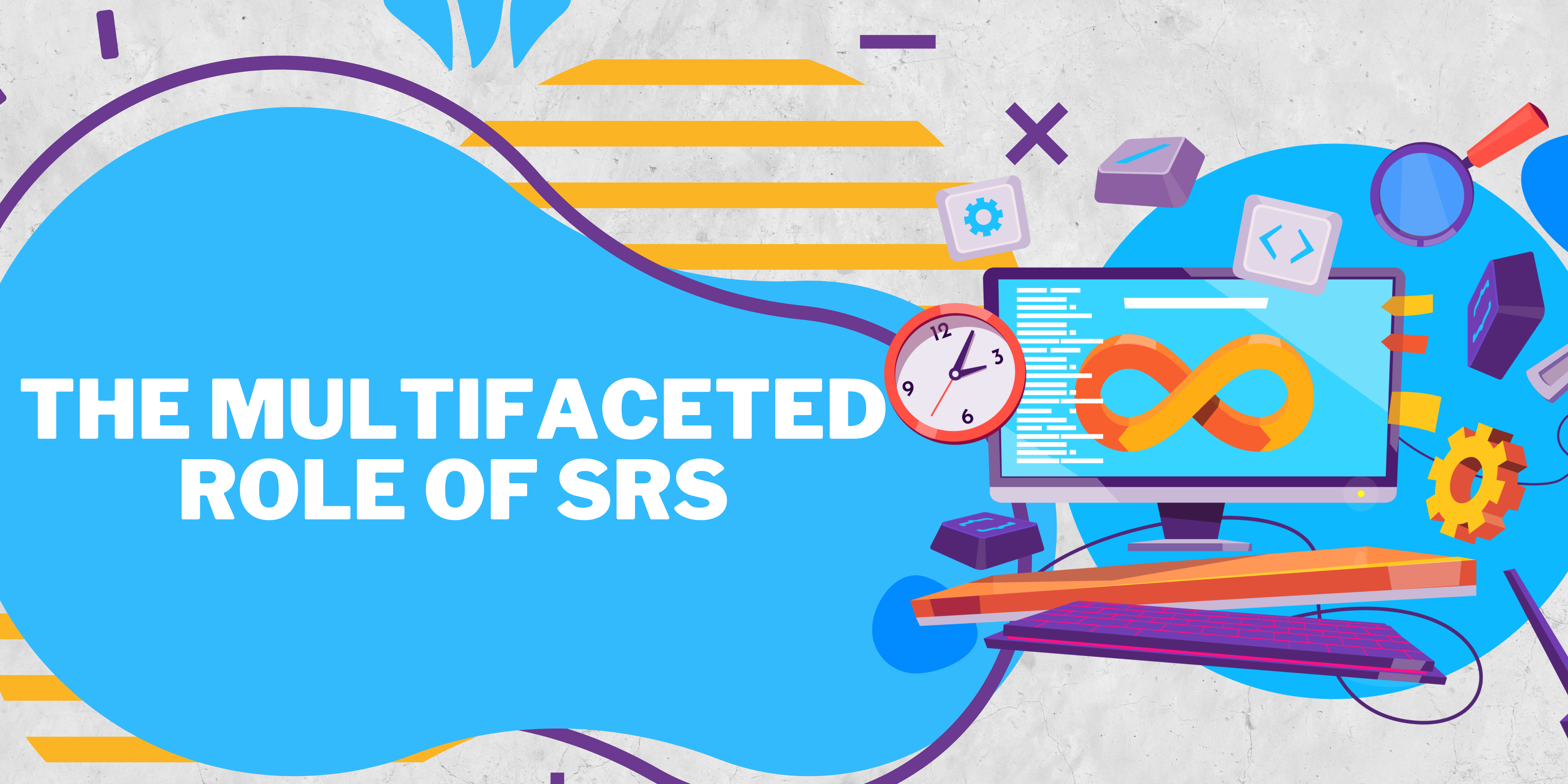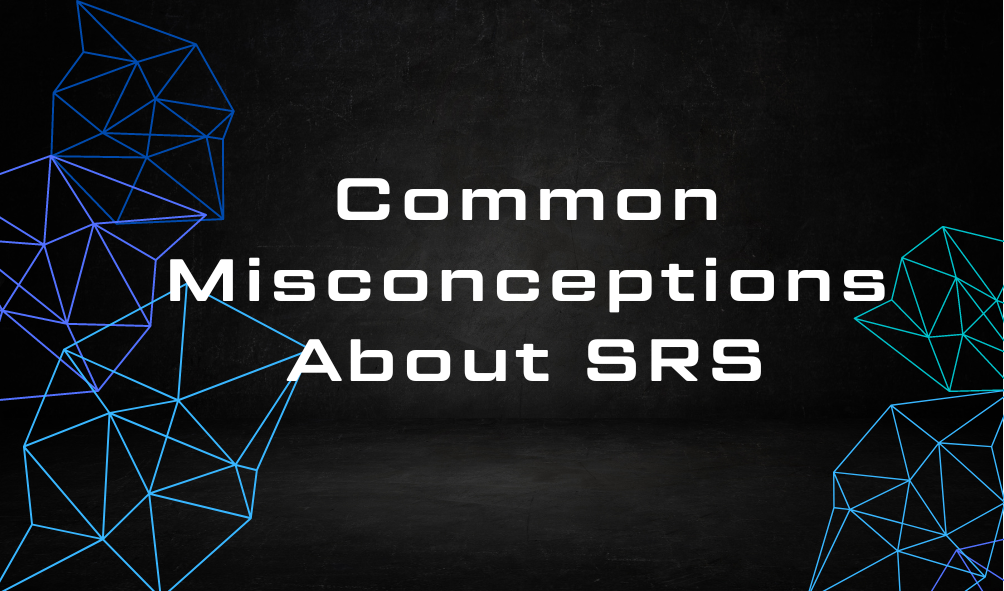Is the Software Requirements Specification More than Just a Document?

In the world of software development, the Software Requirements Specification (SRS) plays a crucial role. At its core, the SRS is a document that outlines the requirements and specifications for a software project. However, it is much more than just a document. The SRS serves as a blueprint, a communication tool, a reference point, and a guiding force throughout the software development lifecycle.
Understanding the Software Requirements Specification (SRS)
Before we delve into the multifaceted nature of the SRS, let’s first define what it is. The SRS is a comprehensive document that captures the functional and non-functional requirements of a software project. It describes the software system’s behavior, features, interfaces, and constraints. Additionally, the SRS outlines the user’s expectations and the system’s capabilities.
The SRS plays a crucial role in software development. It serves as the foundation for the entire software development process, acting as a contract between the client and the development team. This contract ensures that both parties have a shared understanding of the project goals and requirements. By establishing clear expectations, the SRS sets the groundwork for the design, implementation, testing, and maintenance stages of development.
Definition of SRS
The Software Requirements Specification (SRS) is a document that serves as a comprehensive guide for software development projects. It outlines the functional and non-functional requirements of the software system, providing a detailed description of its behavior, features, interfaces, and constraints. The SRS acts as a communication tool between the client and the development team, ensuring that everyone involved has a clear understanding of the project’s objectives.
Furthermore, the SRS acts as a reference point throughout the entire software development lifecycle. It serves as a guiding light for the development team, providing them with a roadmap to follow and ensuring that they stay on track. By defining the project’s requirements in detail, the SRS helps the team avoid scope creep and maintain focus on delivering a high-quality product.
Importance of SRS in Software Development
Now that we have established what the SRS is, let’s explore its significance in software development. The SRS plays a crucial role in ensuring the success of a software project by providing a clear and concise description of the system’s requirements.
One of the key benefits of the SRS is that it acts as a checkpoint for the client and stakeholders. It allows them to assess the progress of the project and validate that the software meets their expectations. By having a well-defined set of requirements, the client can easily evaluate the software’s functionality and provide feedback for improvement.
Moreover, the SRS serves as a basis for estimating project costs, timelines, and resources. By clearly defining the project’s requirements, the development team can accurately estimate the effort and resources required to complete the project. This helps in planning and budgeting, ensuring that the project stays on track and within the allocated resources.

In conclusion, the SRS is a critical document in software development. It provides a clear and concise description of the system’s requirements, acting as a contract between the client and the development team. By setting clear expectations and providing a roadmap for development, the SRS ensures the successful delivery of a high-quality software product.
Beyond the Document: The Multifaceted Role of SRS
While the SRS is fundamentally a document, its value extends well beyond the text on the page. Let’s explore some of the different roles the SRS plays in software development.
Communication Tool Between Stakeholders
One of the primary functions of the SRS is to facilitate communication between the client, stakeholders, and the development team. It acts as a common language that everyone involved in the project can understand and refer to. The SRS outlines the project’s requirements and acts as a central point of reference for clarifying any ambiguities or misunderstandings.
By explicitly stating the project’s requirements, the SRS minimizes the risk of miscommunication and ensures that all parties are on the same page. It allows for effective collaboration and promotes transparency throughout the development process.
Moreover, the SRS serves as a historical record of the discussions and decisions made during the requirements gathering phase. It captures the client’s vision and goals for the software, providing a reference point for future discussions and modifications.
Basis for Software Design and Implementation
The SRS serves as the foundation for software design and implementation. It provides the development team with a clear understanding of what needs to be built. By referring to the SRS, the team can design the system’s architecture, define the software modules, and identify any external dependencies.
Furthermore, the SRS informs the development team of any specific coding standards, algorithms, or data structures that need to be followed. It acts as a guidebook, enabling developers to implement the software in a consistent and structured manner.
Additionally, the SRS plays a crucial role in managing project scope. It helps the development team prioritize features and functionalities based on the client’s requirements. By referring to the SRS, the team can ensure that they are delivering the software within the defined scope and avoid unnecessary scope creep.
Reference for Validation and Verification
During the testing phase, the SRS is a crucial reference point for validation and verification. The SRS outlines the expected behavior of the software, and the testing team can use it as a benchmark for evaluating the software’s performance.
By comparing the actual system behavior to the requirements specified in the SRS, the testing team can identify any discrepancies, bugs, or deviations. It ensures that the software meets the set criteria and conforms to the client’s expectations.
Moreover, the SRS acts as a reference for conducting user acceptance testing (UAT). It provides a clear set of criteria against which the end-users can evaluate the software’s usability and functionality. The SRS helps in gathering feedback from the users and making necessary improvements before the final release.
Furthermore, the SRS can also serve as a legal document in cases of contractual disputes or disagreements. It acts as evidence of the agreed-upon requirements and can help resolve conflicts by referring back to the documented specifications.
Common Misconceptions About SRS

Despite its critical role in software development, there are often misconceptions surrounding the Software Requirements Specification (SRS). Let’s address some of the most common ones.
SRS as a Static Document
One misconception is that the SRS is a static document that remains unchanged throughout the project lifecycle. In reality, the SRS is a dynamic artifact that evolves as the project progresses.
As the project unfolds, new insights and requirements may emerge, necessitating revisions, additions, or modifications to the SRS. This adaptability is crucial to ensuring that the software aligns with the evolving needs of the stakeholders.
Furthermore, the SRS should be treated as a living document, open to updates and refinements. By embracing this mindset, developers can proactively respond to changing project needs and guarantee that the software remains aligned with the evolving requirements.
SRS as a Mere Formality
Another misconception is that the SRS is merely a formality or a box to be ticked off. This perspective overlooks the immense value that the SRS brings to the project.
The SRS is not just a means of fulfilling contractual obligations; it sets the stage for successful software development. It serves as a blueprint that guides the development team throughout the entire project lifecycle, ensuring that all parties involved have a clear understanding of the software requirements.
When approached with the right mindset, the SRS becomes a powerful tool for promoting collaboration, reducing risks, and increasing the chances of project success. By investing time and effort into developing a comprehensive and accurate SRS, software development teams set themselves up for a smoother and more efficient development process.
Moreover, the SRS acts as a communication bridge between the development team and stakeholders. It helps to align expectations, clarify ambiguities, and ensure that everyone is on the same page regarding the software’s functionality and features.
Additionally, the SRS provides a foundation for traceability and accountability. It allows project managers to track the progress of requirements implementation and serves as a reference point for evaluating the software’s compliance with the initial specifications.
By recognizing the SRS as a vital component of the software development process, teams can leverage its full potential to deliver high-quality software that meets the needs and expectations of the stakeholders.
The Dynamic Nature of SRS
As mentioned earlier, the SRS (Software Requirements Specification) is not a static document. It is dynamic and adaptable to changes in requirements. In today’s fast-paced software development landscape, embracing flexibility is essential. Let’s explore how the SRS can accommodate changing requirements and support agile development methodologies.
Adapting SRS to Changes in Requirements
In an ideal world, requirements would remain unchanged for the duration of a software project. However, in reality, changes are inevitable. New features may be requested, business needs might evolve, or external factors could come into play.
To accommodate these changes, the SRS should be designed in a way that allows for updates and modifications. By incorporating mechanisms for change management, such as version control or change request processes, the SRS can adapt to changing requirements without compromising the integrity of the project.
For example, a software development team working on an e-commerce platform may initially define the requirement for a basic shopping cart functionality. However, as the project progresses, they may receive feedback from users and stakeholders requesting additional features like wish lists, product recommendations, or social media integration. In such cases, the SRS can be updated to reflect these new requirements, ensuring that the final product meets the evolving needs of the business and its users.
Furthermore, the SRS can also serve as a communication tool between the development team and the stakeholders. By clearly documenting the changes made to the requirements, the SRS helps maintain transparency and ensures that everyone involved is on the same page.
The Role of SRS in Agile Development
Agile development methodologies, such as Scrum or Kanban, prioritize flexibility, collaboration, and continuous improvement. The SRS can be effectively utilized in an agile environment by employing iterative and incremental development practices.
Instead of having a fully defined SRS at the beginning of the project, the agile approach encourages the creation of a high-level initial SRS. The requirements are then refined and updated throughout the project, allowing for more flexibility and responsiveness to change.
In an agile development setup, the SRS serves as a starting point, providing a broad outline of the project’s goals and objectives. As the development team progresses through iterations or sprints, they collaborate with stakeholders to gather feedback and refine the requirements. This iterative approach allows for continuous improvement and ensures that the final product aligns with the evolving needs of the business.
For instance, consider a software development team working on a mobile banking application using an agile methodology. The initial SRS may outline the basic functionalities such as account balance checking, fund transfers, and transaction history. However, as the project advances, the team may receive feedback from users and stakeholders requesting additional features like bill payment, budgeting tools, or integration with third-party financial services. The SRS can be updated and expanded to include these new requirements, ensuring that the final product meets the changing demands of the market and provides a seamless user experience.
By embracing the dynamic nature of the SRS and leveraging it in an agile development environment, software projects can be more responsive to changes, deliver value incrementally, and ultimately, increase customer satisfaction.
Case Studies: Successful Use of SRS Beyond Documentation
To illustrate the real-world impact of the SRS, let’s examine two case studies where its role went beyond being a mere documentation artifact.
Case Study 1
RV Technologies Softwares Pvt Ltd, a software development company, embarked on a project to build a customized enterprise resource planning (ERP) system for a client. Throughout the project, the SRS served as a roadmap for the development team and provided a clear understanding of the client’s requirements.
During the development process, the client requested additional features that were not initially specified in the SRS. Thanks to the adaptable nature of the SRS, the development team was able to evaluate the impact of these changes and seamlessly incorporate them into the project plan.
The SRS acted as a reference point both for the client and the development team, ensuring that everyone was aligned and that the project progressed smoothly. By leveraging the SRS as more than just a document, Company X successfully built a tailored ERP system that met the client’s evolving needs.
Case Study 2
In another case, Software Planet Group Ltd., a start-up in the healthcare industry, Web Applion Development to streamline appointment scheduling for medical clinics. The SRS played a critical role in guiding the development team throughout the agile development process.
As the project progressed, new requirements emerged, and existing ones evolved. The team embraced the dynamic nature of the SRS and adapted it to reflect these changes. By doing so, they were able to maintain clear communication with the client and ensure that the software met the market demands.
The SRS acted as a living document, evolving alongside the project and serving as a reference point for the team. By leveraging the multifaceted nature of the SRS, Company Y was able to deliver a responsive and market-ready application.
Conclusion
The Software Requirements Specification is more than just a document. It serves as a communication tool, a foundational guide, and a reference point throughout the software development lifecycle. By embracing the multifaceted role of the SRS and treating it as more than just a static artifact, development teams can create software that meets the client’s expectations and enables project success.

